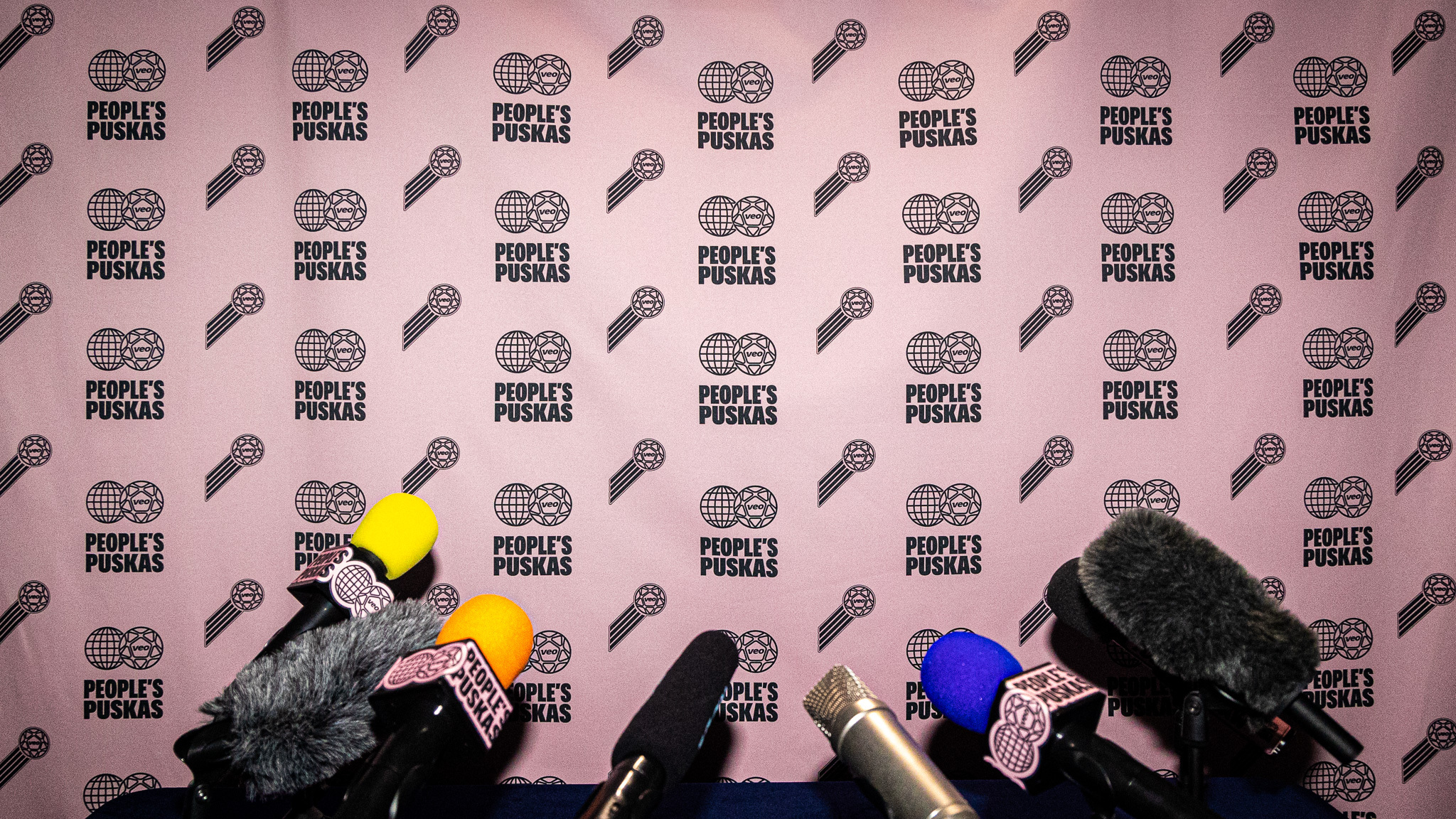SteadyView: Q&A with Marius Simonsen
Magnus Holt

We're introducing SteadyView, a new feature that uses advanced software algorithms to stabilize shaky footage. The update ensures coaches and analysts can focus entirely on the game without distractions.
The software-based image stabilization technology works by detecting stationary objects in the background of recordings and adjusting the image to keep these reference points steady throughout the video. By tracking the features simultaneously and processing calculations in parallel, SteadyView delivers crisp, stable footage that improves the viewing experience and makes analysis easier.
SteadyView is now enabled for all new recordings across all existing Veo cameras – with no hardware updates required. This means every Veo user automatically benefits from this technology, which continually improves through software updates.
To learn more about the new feature, we sat down with Marius Simonsen, Algorithm Developer at Veo, and asked about the development process and impact of this feature.
What inspired the development of the image stabilization feature for windy conditions, and what challenges were you aiming to solve?
We're constantly looking for ways to enhance the viewing experience. We observed that environmental factors like wind or vibrations on certain surfaces could affect recordings, drawing attention to camera movement rather than the sport itself.
Our goal has always been to let people focus entirely on the action. In sports recording, coaches and analysts need to capture every detail of the game, and we wanted to ensure nothing distracts from that experience.
This enhancement benefits recordings in various conditions like outdoor matches on windy days and indoor games on responsive flooring like basketball courts. By developing SteadyView, we're ensuring that viewers can fully immerse themselves in the game without any visual distractions.
So in short, we saw an opportunity to add another layer of quality to our recordings and strengthening the core viewing experience.
How does the image stabilization technology work, and what sets it apart from other solutions in the market?
The algorithm works by detecting stationary objects in the background of the video – things that don't move during the recording. It can be a house, a tree, a street sign, or a parked car. Then it finds the same objects in all frames throughout the video and adjusts each frame a little bit so that these objects stay in the same position throughout the video.
We use detection software to find several features in each frame. For each feature, we create a descriptor so they're recognizable, and then we use matching algorithms to find the same features between frames. Based on these matched pairs, we can apply geometric transformations to ensure the background remains steady.

The biggest advantage of stabilizing the image with software is that all our existing customers can benefit from SteadyView. They don't have to buy a new camera – every improvement we make automatically applies to everybody. And whenever we improve the algorithm, all customers will get higher quality.
What kind of impact has the feature shown so far, and how do you think it improves the overall viewing experience for Veo users?
It’s a funny thing. The goal is for the viewer not to notice SteadyView at all. The video should be completely stable, and the customer should forget that it was recorded with a physical camera. The better it works, the fewer people will spot it.
Typically, when coaches and analysts look at a video, a lot of things are going on at the same time. They want to have a good overview and see everything that's going on. If the camera is moving up and down, the video is moving up and down, which can easily distract you, and there might be some details that you don't see.
If you have a recording of yourself that is stabilized now instead of shaking, whoever watches it will focus more on what you do on the field than what the camera is doing. SteadyView is applied to all videos, and it affects the core quality. So, no matter if you're a coach, a parent, or a player, anyone who uses our video in any way will benefit from this.
Why is it important for Veo to continuously improve under-the-hood features like this, and what will the future bring on the field?
Developing an algorithm like SteadyView is a bit like solving a Rubik's Cube. When you turn one side to fix an issue, it might break another side that was perfect before. You need to keep adjusting and balancing everything until it all fits together.
We aim to make sports recording as easy as possible without compromising on the video quality. SteadyView improves the core quality of our videos. So whether you use it for analysis, upload it to your social media, or share it with your family, whatever you use it for, the quality will be better.

We plan to make it even better than it is – to make it work for even more advanced cases with even more shaky footage. Right now, there is a limit; if the camera is shaking really violently, it is not stabilized with SteadyView. We hope to be able to stabilize even more cases in the future.
A stable image is a foundation for all the future analytics work that we do. In Veo, we are currently developing a lot of new analytics tools that depend on knowing where everything is on the field, knowing where the camera is relative to the field, and knowing where the players are on the field. A foundation for this is knowing what direction the camera is looking.
SteadyView means that all recordings, even under windy conditions or otherwise shaky circumstances, will have increased quality – whether you're a coach, a player, or just someone enjoying the game, you'll get a better experience.



.jpg)
